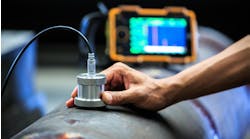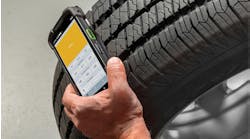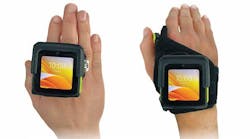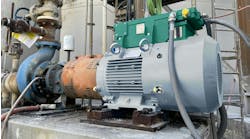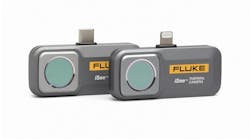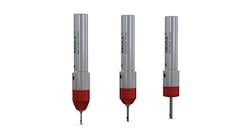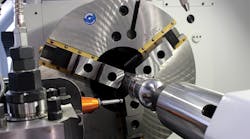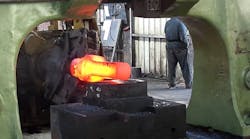Latest from Plant Operations
You may learn a lot working in a forge shop, and not only about forging: the science of heating and the variability of metals and materials are some of the other areas of understanding you may gain. You may work in a forge shop and never hear about micro cold forging.
Micro cold forging, otherwise called “machine hammer peening,” is a surface treatment process intended to increase hardness, reduce surface roughness or enhance surface tribology for the workpiece, or to reduce or eliminate residual stress that may be resident there. It also may be applied as a surface finishing process, to achieve a standard of smooth consistency that grinding or milling cannot achieve.
Forgers who are familiar with finish machining may recognize some what happens in micro cold forging, because it is performed as an extension of CNC milling or turning. It’s a highly automated process carried out by a hammer tool affixed to the machine spindle, or to a robot or other specially devised machine.
The critical component for the process is the hammer tool, electromagnetically controlled and air-cooled. It produces a reciprocating action that contacts with the workpiece surface with a frequency of 20-500 hits per second and a stroke ranging from 0.2 to 1.0 mm, achieving an impact force of up to 180 kgs per hit, variable from 0-100%.
These figures are provided by Accurapuls GmbH, the company that holds the process patent for micro cold forging. Backing up the hammer is an actuator or striker, with an interchangeable shank and integral, spherical hardened and coated steel tip (1-25 mm diameter, with custom sizes and forms available.) An interchangeable flanged fixture attaches the peening hammer to the machine tool spindle or housing.
Accurapuls offers a proprietary CAM software to control penning operations using the machine’s CNC platform. It’s capable of programming up to seven axes with a code generated from a parasolid files. Micro cold forging process takes place as the actuator moves the hammer tool through repeated, guided motions across the workpiece surface. The force, motion, and pattern of the process makes it possible to form and/or treat the surface according to the desired objective.
For the uninitiated forgers, the novelty of micro cold forging is not that it may be used as a forming technology, but like welding or hard-facing as process for preparing or repairing forging dies. By using micro cold forging to release mechanical stress in die surfaces it is possible, according to Accuapuls to reduce die cracking and material transfer, and to extend the die service life.
Specifically, according to two of the company’s specialists, the process increases die surface hardness up to 1.4 mm deep.
The advantages are not limited to forging dies, of course. Die repair is necessary in automotive stamping and drawing, hydroforming, diecasting, injection molding, and other high-capital industries. Those who insist on strict definitions for terms applied to manufacturing technologies may object to calling this process “forging”, but it’s hard to overlook its impact.
